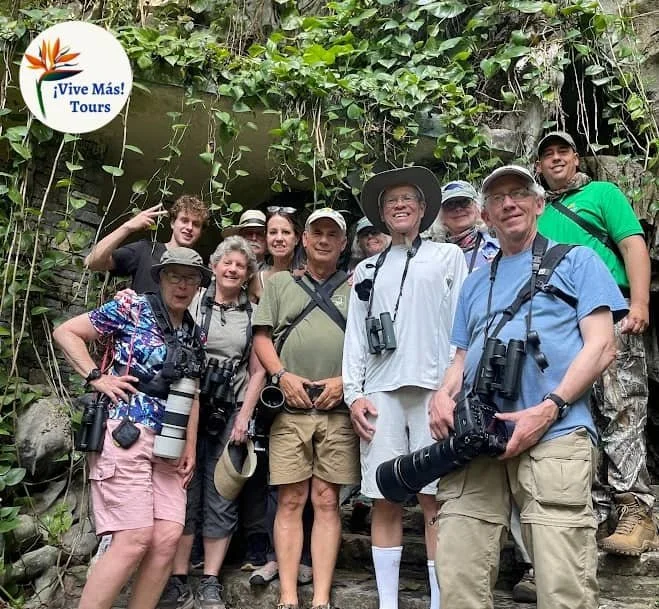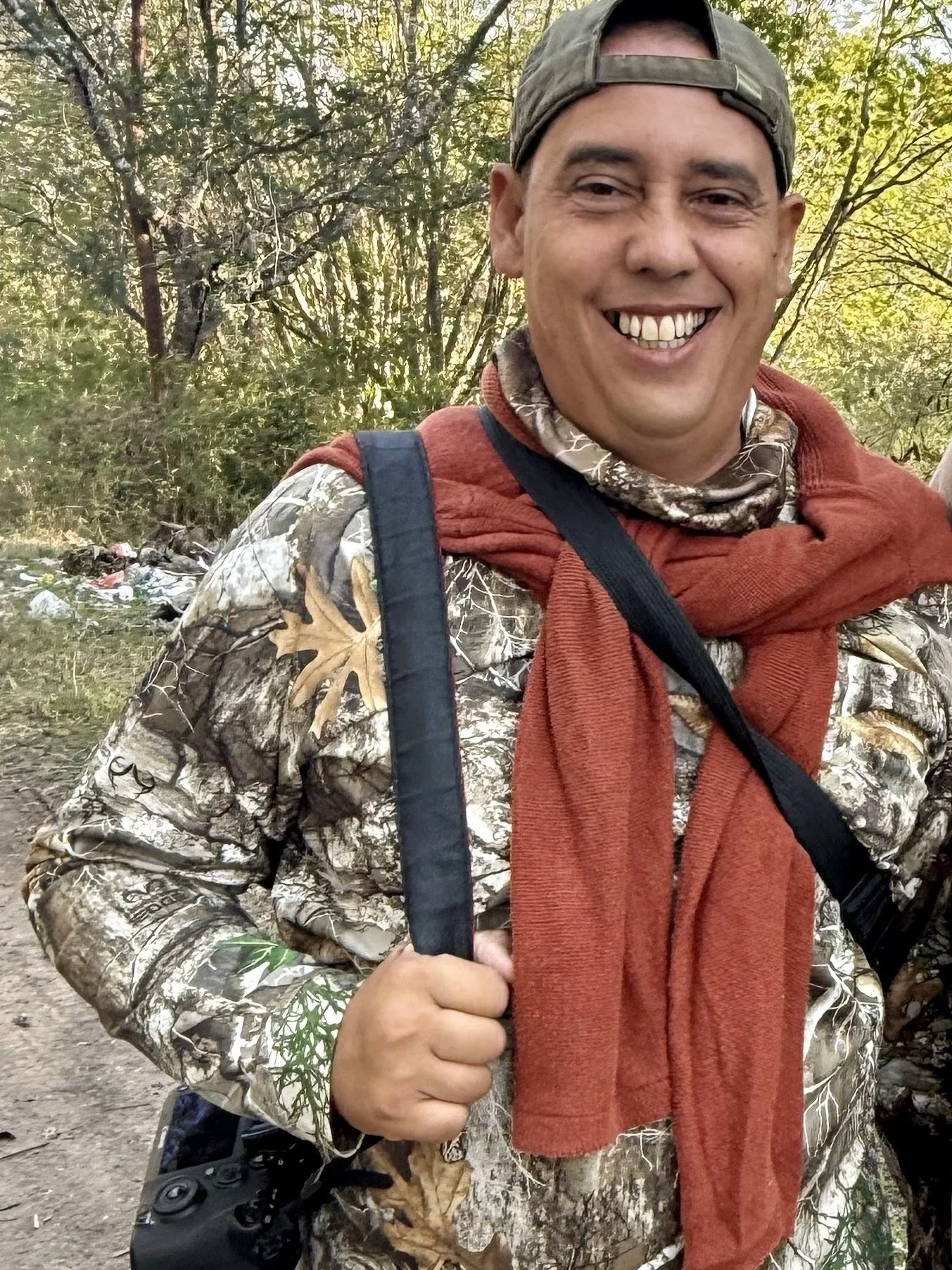Unique Cultural Tours

Unique Cultural Tours
Cuba is a dream for bird lovers. Our Cuba birding tours take you to the best spots during the peak migration season. These tours are perfect for both new and experienced birders.
More than 400 bird species have been seen in Cuba. This includes 27 birds found only in Cuba. Due to the natural farming processes and preservation efforts, Cuba is a spectacular island for observing birds.
You can observe exceptionally unique avians, such as the Cuban Trogon, which is the national bird of Cuba, in our Cuba group tours. You can also see the Bee Hummingbird, the smallest bird on the globe. On our birding trips to Cuba, we see many of the 18 species that are globally threatened in their natural habitats.

Our Cuba birding tour takes you through many ecosystems. You’ll walk through tropical forests, swamps, salt flats, and along the coast. You'll meet local bird experts who wil teach you about Cuba’s birds, their nests, and behaviors. Each place has its birds. Every day brings new sights. We’ll visit places like:
Zapata Swamps, a nature preserve where the Cuban Bee Hummingbird is commonly seen.
Viñales Valley, a UNESCO World Heritage site and the home to the farms growing the finest Cuban tobacco. Expect to see a Cuban Tody in this area!
At Vive Más Tours, Cuba birdwatching tours are about more than birds. You’ll also enjoy Cuba’s music, food, art, and people. Each day includes time for both birding and cultural fun.
You might take a cooking class or ride in a classic '55 Chevy Bel Air. These tours combine nature, culture, and learning. It’s a great way to enjoy birding in Cuba and see how people live and protect their land.
Discover prime bird spots, stunning national parks, and diverse habitats including interior tropical forests, salt flats, swamps, and ocean shorelines.
Most days, birdwatching activities at sunrise and sunset, with free time after lunch. The itinerary will flex as needed to help us find our target birds.
Learn from nature reserve staff and ornithologists about the changing environment and its impact on many species.
In addition to birdwatching, activities offered include a cooking class, a classic car experience, live music, and snorkeling.

November 4-13, 2025 (only 4 spots left)
Special Tour with the Front Range Birding & Optics store
Cost: $4,495 (market value $6,895). A $500 deposit secures your space.
Single rooms are available for $500.
January 30-February 8, 2026 (only 5 spots left)
Cost: $4,395 (market value $6,795). A $500 deposit secures your space. Single rooms are available for $500. Your deposit is refundable until 6 months before departure.
Single rooms are available for $500.


Photography
Small Group Sizes for Better Spotting
Eco-Friendly Lodging in Natural Setting
Snorkeling, music, and the best of Cuban culture
Expert Birding Guides and an ornithologist visit
Experience, variety of guides, carefully chosen seasons, and ethical birding
Visits to Top Birding Locations (e.g., Zapata Swamp, Viñales Valley), as well as lesser-known outstanding locations (backyards, etc.)

We will visit the prime places for these endemic species:
Bee Hummingbird, Cuban Trogon, Cuban Green Woodpecker, Cuban Pygmy-Owl, Cuban Tody, Bare-legged Owl, Cuban Oriole, Blue-headed Quail-Dove, Gray-fronted Quail-Dove, Cuban Black Hawk, Cuban Bullfinch, Cuban Gnatcatcher, Cuban Grassquit, Cuban Parakeet, Cuban Parrot, Cuban Pewee, Cuban Solitaire, Cuban Vireo, Fernandina’s Flicker, Cuban Nightjar, Oriente Warbler, Yellow-headed Warbler, Zapata Wren, Zapata Sparrow, Cuban Crow, Palm Crow, Cuban Martin, Cuban Emerald, Thick-billed Vireo, and Western Spindalis.
Roger, our bilingual Cuban guide with birding/photography expertise will accompany us for the duration of the trip. We will also be joined by 3 local guides (tips included) in natural reserves and more!
Travel licenses, mandatory Cuban health insurance and visas.
9 nights in Casas Particulares, Cuban Bed & Breakfasts (a better option than government-owned hotels).
17 meals, almost always at paladares. The paladares of Cuba are unique in that they are privately-owned restaurants where the staff takes great pride in their delicious meals and hospitality.
Private, air-conditioned ground transportation for the whole tour with our own driver.
Purified water is included and always available (bring your favorite water bottle for refills).
Curious About Cuba educational program (two 3-hour sessions of instruction available on YouTube here).

Tour destinations in Cuba include: Soroa, Las Terrazas, Viñales Valley, Cienaga de Zapata, Cienfuegos and Havana.
Biosphere Reserve with Soroa Orchid Gardens & Las Terrazas - an ecological restoration project and many pollinators.
Viñales Valley-UNESCO site - known for the famous tobacco farms, these limestone mountains and caves provide important bird habitats.
Playa Larga and Zapata Swamps - ornithologist’s yard known for the Cuban Bee Hummingbirds, and experiences at the salt flats and swamp habitats.
Cienfuegos and Guanaroca Lagoon - botanical gardens/arboretum and flamingo lagoon.
Havana - cultural experiences include '55 Chevy Bel Air driving tour of Havana, visit to Hemingway’s home, Fuster artist neighborhood, the Hotel Nacional and historic architecture.
Airfare to/from the US
Trip Insurance
9 meals
Tips for Roger (primary guide) & the driver
Flights - Arrive in Havana by 1 pm on the first day of the tour in order to be in the countryside for sunset birding. You will explore Havana at the end of the tour.
Activity Level - Walking up to three miles at a time, often on dirt paths, cobblestones, or other uneven terrain.
Lodging - the finest air-conditioned Bed and Breakfasts in each destination. To maximize our nature experience, we will stay in some primitive areas where lodging is less elegant and electricity may be unreliable.
Social Responsibility & Eco-Friendly Practices - These values are embedded in all of our tours. We partner with local entrepreneurs which includes lodging, restaurants, and limit plastic waste wherever possible.
No vaccines are required for travel to Cuba.

Roger, Your Cuba Tour Guide.
A Cuban, he has been an avid birdwatcher and photographer for over 15 years. Many Cuban bird photos on the Vive Más Tours page belong to him.
Review from W. Perry Conway (Colorado raptor specialist):
“Having taken my own groups all over the world, I recognize a good leader when I travel with one…and Roger was!
One of his skills that I really liked was that he is also an excellent birder. Not only knowing them visually but knowing their songs as well. For example, he showed me the Cuban Trogon, the national bird, as well as many, many others. He found the trogon first by hearing its call, then locating it high in the canopy of the trees.
I would welcome the opportunity to travel with him again.”